by Art of Counting | Variable of the Day
Temple of Ramses III at Medinet Habu NOTE: Bound prisoners, particularly foreign foes, are a common sight in Egyptian temples. They usually appear in the lower courses of the relief or in scenes depicting the successful result of battle. Ethnically distinct...

by Art of Counting | Variable of the Day
Tomb of Ramses III (KV 11) NOTE: Personified emblems, often the ankh, djed pillar, and was scepter, appear first in the Predynastic period (such as on labels of king Narmer) and continue to be used throughout Egyptian history. Usually, these emblems with arms follow...
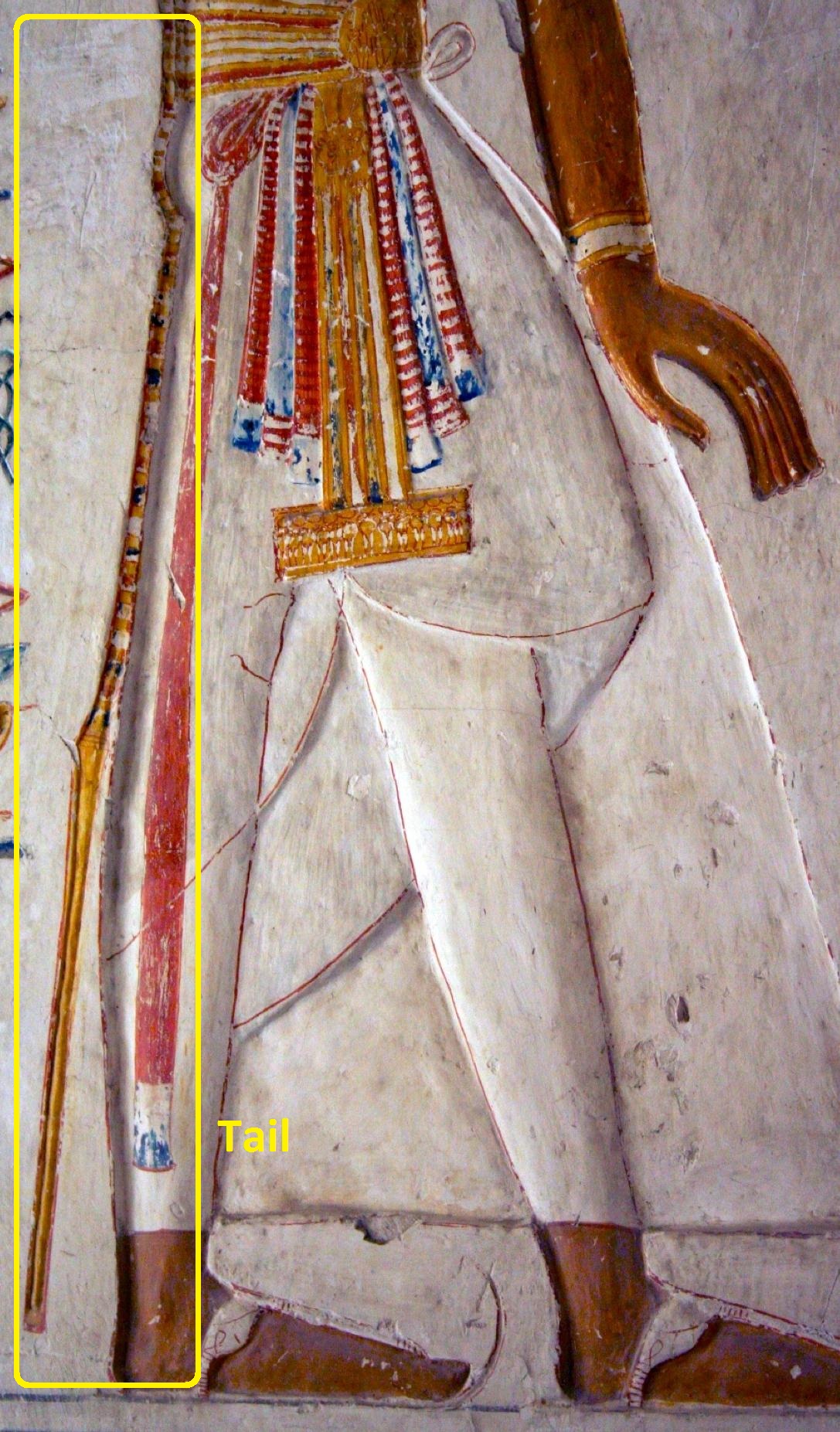
by Art of Counting | Variable of the Day
Tomb of Ramses VI (KV 9) NOTE: The tail worn by the king is one of the oldest elements of royal regalia. It appears on the Narmer Palette as well as on numerous other Early Dynastic objects (such as this ivory label of Den from Abydos). Usually, it is clearly...

by Art of Counting | Variable of the Day
Temple of Ramses III at Medinet Habu NOTE: These offerings depict the king before a deity presenting various types of bouquets. They imply regeneration and and fecundity. According to the analysis of offering scenes at Medinet Habu, they tend to be presented to...
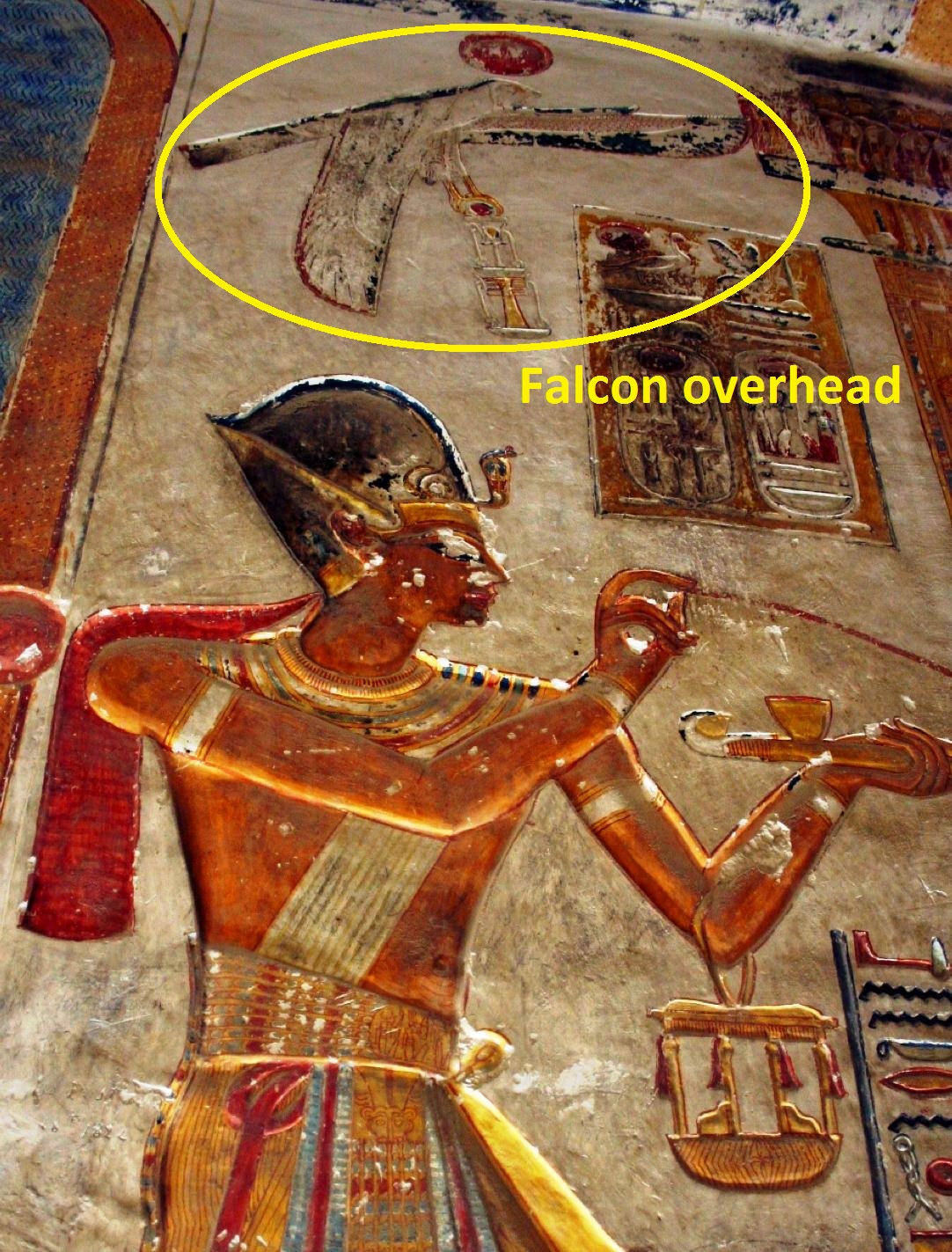
by Art of Counting | Variable of the Day
Tomb of Ramses VI (KV 9) NOTE: Falcons, like discs and vultures, are often depicted hovering over the kin’g head. They shield pharaoh from harm and also bestow various gifts. In the above instance, the unidentified falcon extends to the king a shen sign...

by Art of Counting | Variable of the Day
Tomb of Khaemwaset (QV 44) NOTE: The sunshade, unlike the khu fan, appeared early in Egypt’s history. They appear on both the Narmer macehead and that of King ‘Scorpion’ (Oxford, Ashmolean Museum E 3631 and 3632). This emblem is generally seen as signifying a...
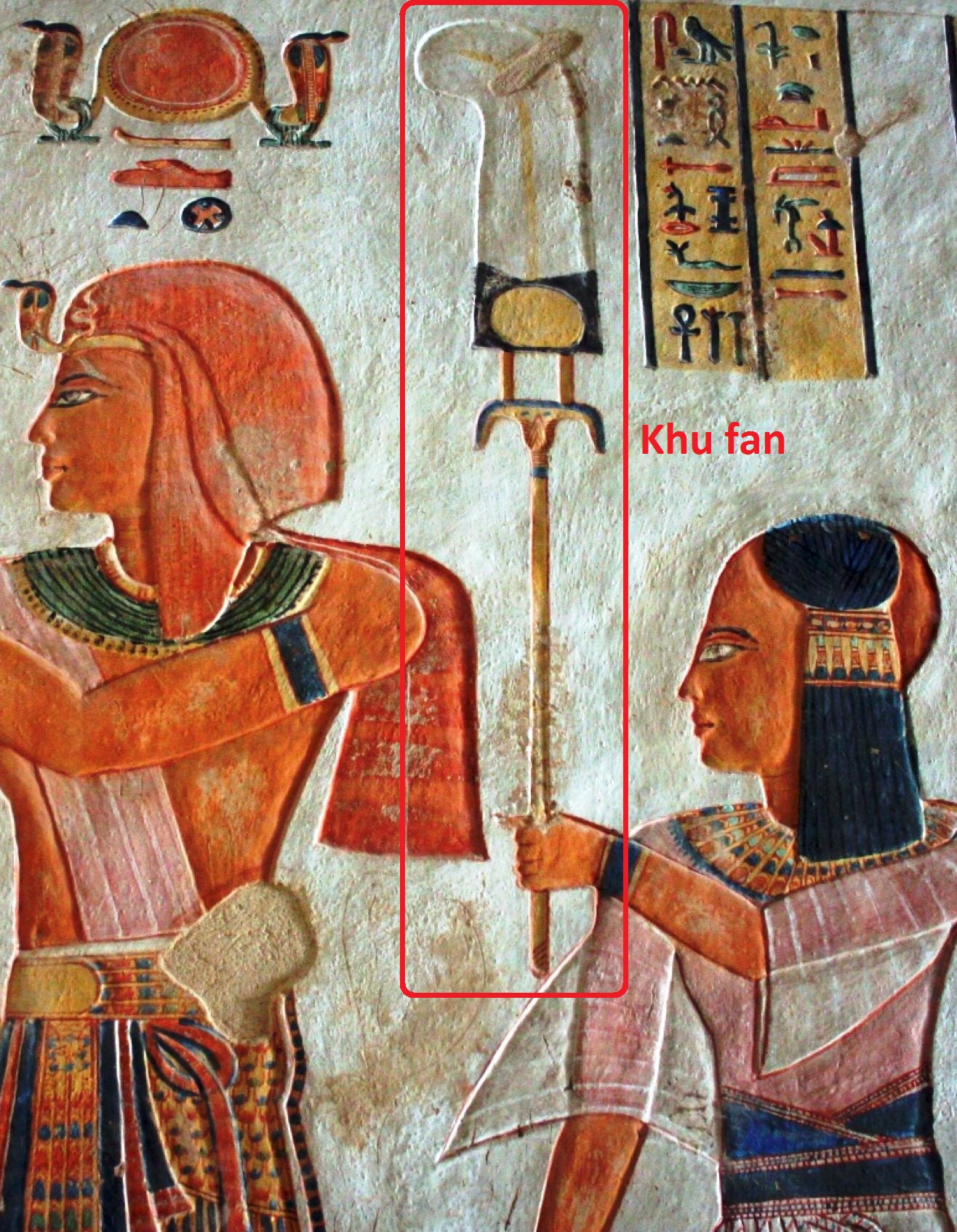
by Art of Counting | Variable of the Day
Tomb of Khaemwaset (QV 44) NOTE: The khu-fan does not appear until the middle of the Eighteenth Dynasty, during the reign of Amenhotep II. It is described as a ceremonial fan and was often carried by high-status officials who bore the title ‘fanbearers on the right...
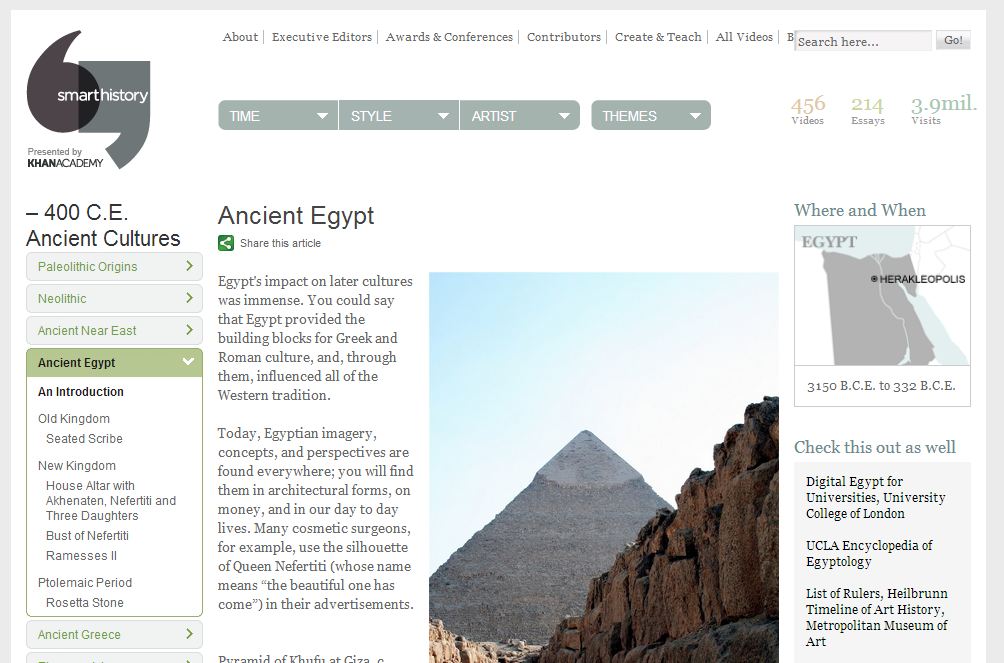
by Art of Counting | Methods
A few weeks ago, I became aware of a marvelous art history project known as Smarthistory. Founded by two New York art historians, Dr. Beth Harris and Dr. Steven Zucker, Smarthistory grew from their pursuit of creating an accessible way to introduce art history to...
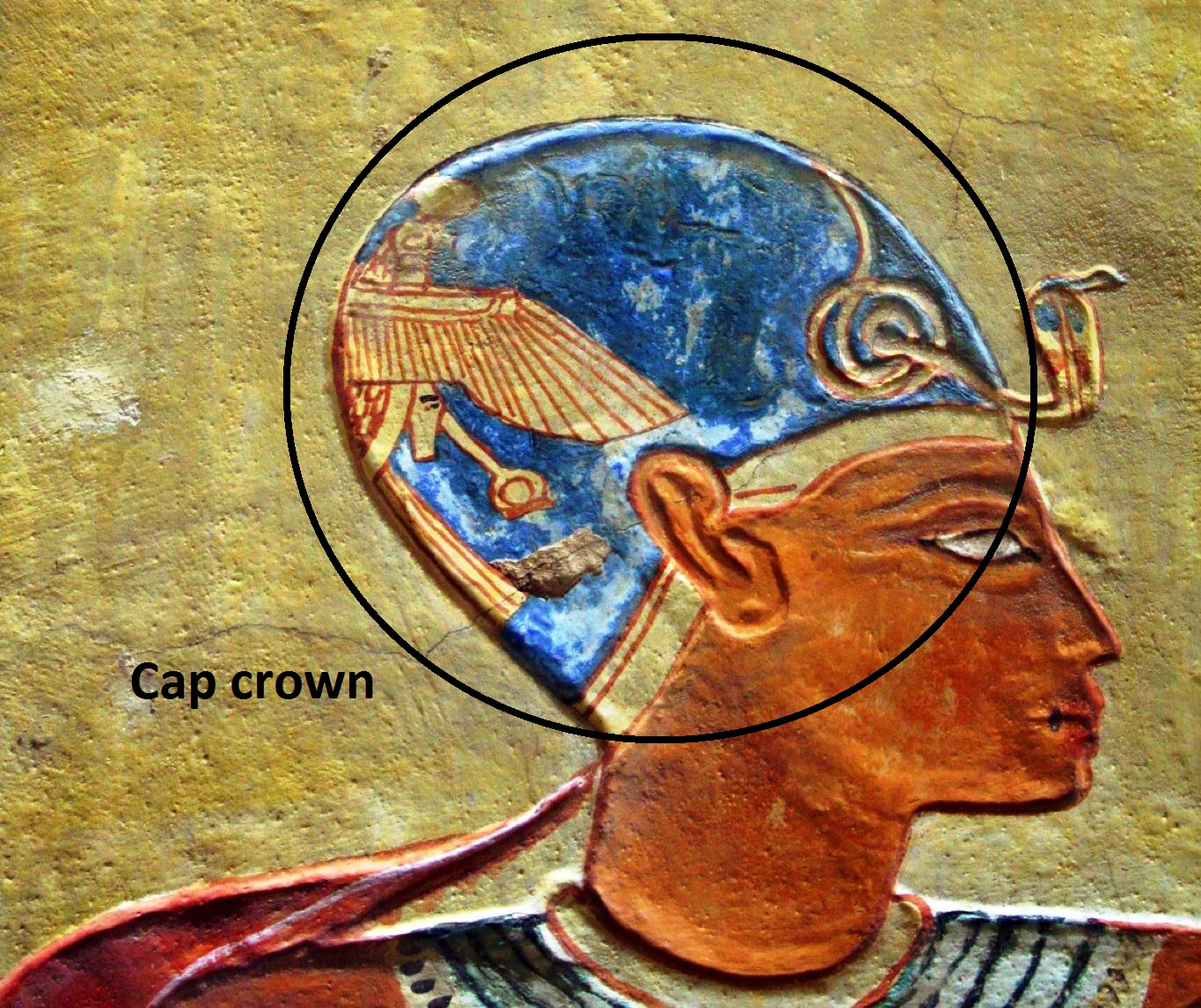
by Art of Counting | Variable of the Day
Tomb of Khaemwaset (QV 44) NOTE: This tight-fitting crown was known from probably the Old Kingdom (these examples may represent close-cropped hair rather than a cap) and certainly the Middle Kingdom, although it was not terribly common. It appeared on the heads of...

by Art of Counting | Variable of the Day
Temple of Ramses III at Medinet Habu NOTE: This variable covers the action of the primary individual being led–whether pharaoh or, in private tombs, the deceased. The king is regularly shown in temple relief being led by one or a pair of deities (often Montu,...









